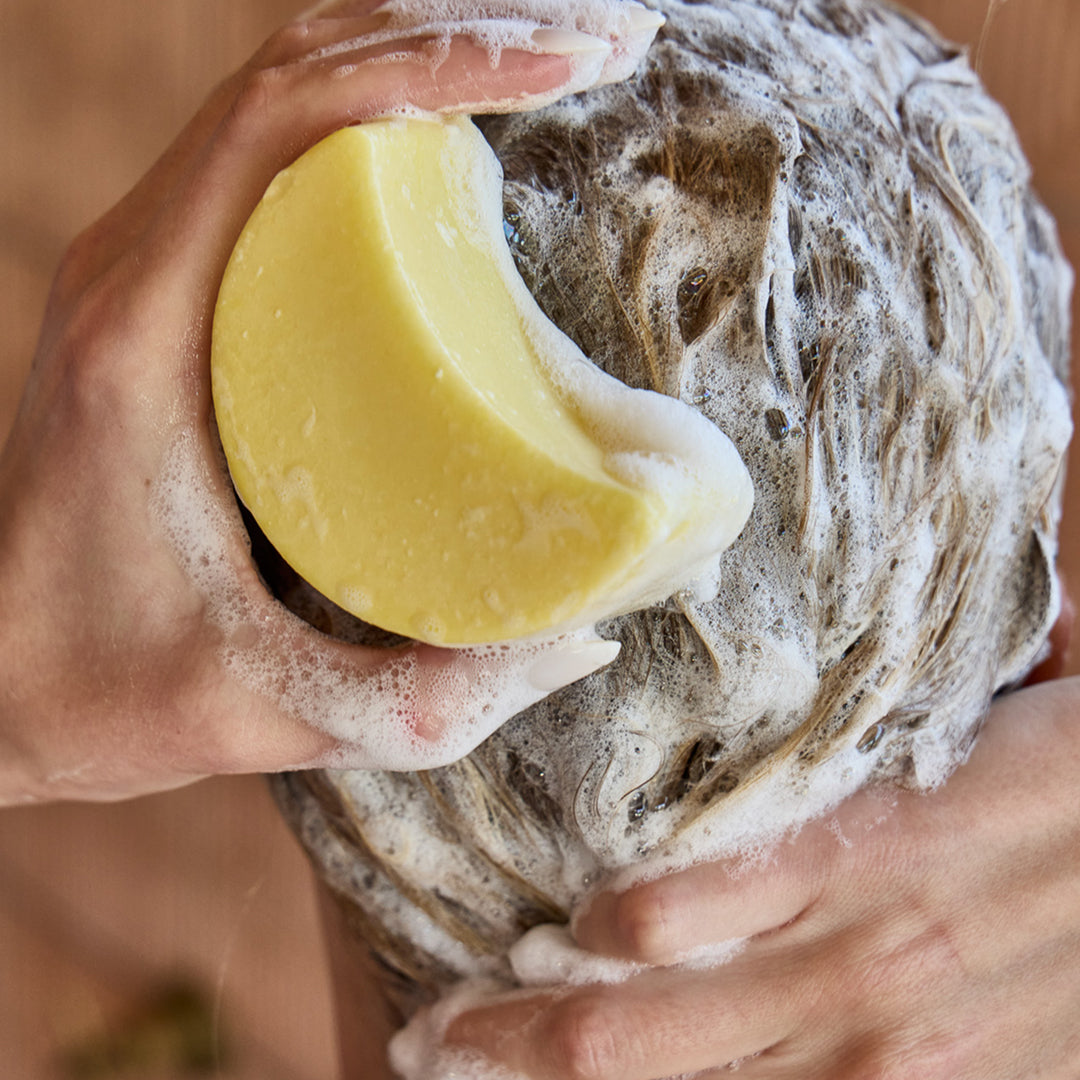Understanding Your Hair’s Ability to Retain Moisture
Hair porosity isn't just a buzzword—it's a key to unlocking a haircare routine that actually works for you. Whether your strands soak up hydration like a sponge or repel it like a raincoat, porosity impacts how well your hair absorbs and retains moisture—and that directly affects how it looks, feels, and styles.
@ethiqueworld low vs high porosity hair! 🫧 which one are you? let’s break it down… #lowporosityhair #highporosityhair #haircare #curlyhair #shampooandconditioner ♬ bummin out - choppy.wav
DEFINING HAIR POROSITY
Hair porosity refers to your hair’s ability to absorb and retain moisture, which is determined by the condition of your cuticle—the outermost layer of the hair shaft. Think of the cuticle like roof tiles: when they’re lying flat, water slides right off. When they’re raised or weathered, water gets in—but may not stick around.
The Structure of the Hair Shaft
The cuticle structure plays a huge role. Tightly packed cuticle scales make it hard for moisture to get in (or out). Gaps or damage along the shaft allow water in easily—but also make it quick to evaporate.
FACTORS INFLUENCING HAIR POROSITY
Genetics are your hair’s blueprint, but your porosity can shift with time. Chemical processing, heat styling, and harsh weather can all raise the cuticle, changing how your hair behaves. That’s why knowing your porosity helps you respond, not just react.
TYPES OF HAIR POROSITY

Hair porosity falls into three broad categories: low, medium, and high. Each one has its quirks—and its ideal product match.
LOW POROSITY HAIR
The cuticle is flat, closed, and doesn’t let much in. Water and products tend to sit on the surface, making hydration difficult and buildup more likely.
What it needs: Lightweight, water-based products; a little heat during conditioning to open the cuticle; and the occasional deep cleanse.
Try: Clarifying Shampoo, Volumising Duo
MEDIUM POROSITY HAIR
A loose cuticle structure means water gets in and stays in. This hair is often called “normal porosity” or “balanced”—aka, the happy middle ground.
What it needs: Consistent moisture and a healthy routine with the occasional deep condition.
HIGH POROSITY HAIR
Cuticles are widely spaced, often due to damage. Moisture soaks in fast, but just as easily escapes—leaving hair prone to dryness and frizz.
What it needs: Heavier moisturisers, leave-in conditioners, and protein treatments to fill in gaps. Protect from heat and environmental stressors.
Try: Repairing Duo, Curl-Defining Duo, Smoothing Duo, Gentle Duo

HOW TO DETERMINE YOUR HAIR POROSITY
Don’t know where your strands stand? These simple at-home tests help you identify hair porosity in a matter of minutes.
THE FLOAT TEST
Drop a clean hair strand into a glass of water:
- Sinks fast = high porosity
- Floats on top = low porosity
- Sinks slowly = medium porosity
(A floating porosity strand can tell you more than any curl chart ever will.)

THE SLIP ’N’ SLIDE TEST
Slide your fingers from the ends of your hair to the root:
- If it feels smooth, you likely have low porosity
- If it feels bumpy, that’s raised cuticles—aka, high porosity
CARING FOR DIFFERENT HAIR POROSITY LEVELS
Porosity isn’t about fixing your hair. It’s about knowing how to work with it. Build a personalised routine that meets your hair where it is—not where you wish it was.
LOW POROSITY HAIR CARE
- Apply gentle heat during conditioning
- Avoid heavy butters and oils
- Clarify regularly to prevent buildup
MEDIUM POROSITY HAIR CARE
- Maintain balance: don’t overdo moisture or protein
- Use masks or leave-ins to keep things topped up
- Rotate products based on seasons or styling needs
HIGH POROSITY HAIR CARE
- Layer hydration and seal it in
- Limit heat tools where possible
- Opt for bond-repairing and smoothing formulas
FREQUENTLY ASKED QUESTIONS
Can hair porosity change over time?
Yes. Heat styling, chemical treatments, and the environment can all shift porosity levels.
Is porosity the same as hair type?
Nope. Hair type is about curl pattern and shape. Porosity is all about moisture absorption and retention.
Why does porosity matter for product choice?
Because it helps you choose products that actually penetrate the hair shaft and work with your texture—not against it.

 Impact
Impact Blog
Blog Store Locator
Store Locator


